There is something significant going on in the beautiful city of San Francisco. A stirring buzz can be heard in the air if listened to closely enough, distinctly loudening over the past few years. The San Francisco Film Society continues to revive the SF film scene, which largely contrasts more popular film scenes like Los Angeles and New York. Each year, SFFS events become more extravagant, they get larger stars, and the nonprofit organization grows exponentially in both staff and membership, yet the events still manage to remain intimate and soulful in atmosphere, like this great city.
It was another night to remember in the film community of San Francisco, as an early screening of attendant Damien Chazelle’s (Whiplash) “La La Land” played at the legendary Castro Theater. Also in attendance for a Q and A were cast members Ryan Gosling and Emma Stone, and composer and college friend of Chazelle, Justin Hurwitz. The discussion was moderated by none other than San Francisco’s own legendary director, Chris Columbus (Mrs. Doubtfire, Rent. Harry Potter and the Sorcerer’s Stone).
During the discussion, Chazelle explained that he and his old friend, Hurwitz wanted to reinvent the American Musical and filter the old formula through a modern lens, so to speak. They not only succeeded, but they surpassed expectations by choreographing extravagant, single-take musical numbers, sung by the cast themselves, that echo such greats as “Singing in the Rain” and “The King and I”. It is still unfathomable how Chazelle handled the camerawork on these scenes. Gosling, who plays a jazz pianist (and adeptly performs his own piano numbers during the film), and Stone have a natural chemistry that is undeniably infectious.
At the heart of the film, though, is the concept of art preservation in the form of Jazz and Film, two dying art forms in need of reinvention, as Hollywood continues to recycle old material. Stone’s character is an aspiring actress who repeatedly auditions (and fails) for comically offensive roles of traditional female archetypes, Hollywood stereotypes, and poorly written characters. This helps emphasize Chazelle’s commentary on the current state of Hollywood.
There is also a repeating motif in “La La Land”, an urge to preserve film, a delightful plea to the audience to keep watching film and to not forget its history. During the film, an early 20th century theater that still has a ticket taker (which very much resembles the Castro Theater itself with its Spanish Colonial Baroque architecture) that Gosling’s character likes to attend closes down, showing the shifting geography away from a bygone era of cinema that saw its height in the 1950s, and wasn’t reinvigorated until 1970. This bygone era is intricately detailed in the production, choreography, and set and costume designs. Audiences can expect references to movies of that era in “Rebel Without a Cause” and “Singing in the Rain”, among many others.
This parallels the tireless work that the San Francisco Film Society has done to bring the film scene in San Francisco back on the map; they have successfully reinvigorated a love for cinema, past, present, and future, for a budding film community that’s been dormant for some time now in The City. The scene here is characterized by less of a buffer between celebrity and audience in the form of obsessive fandom and paparazzi, but rather, a unique synergy between the filmmaker and the film lover, for which the SFFS has made an ideal platform for this relationship to blossom.
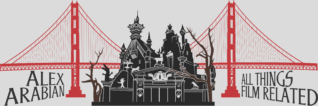
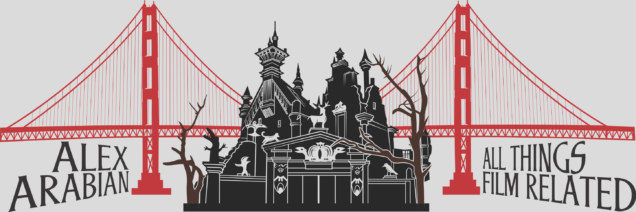
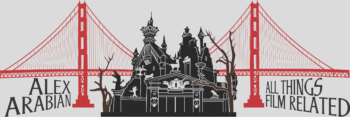

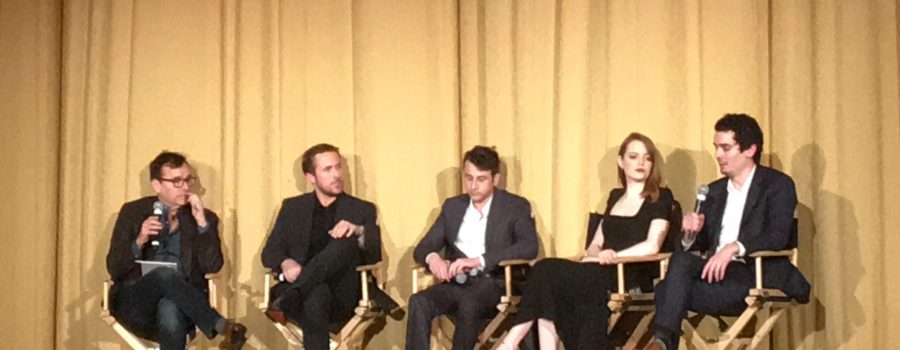
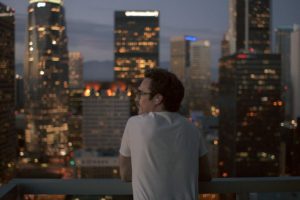
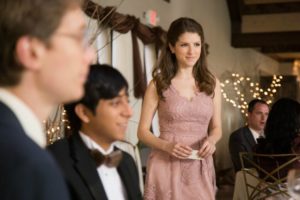
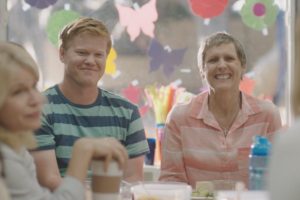
2 Comments
Leave your reply.